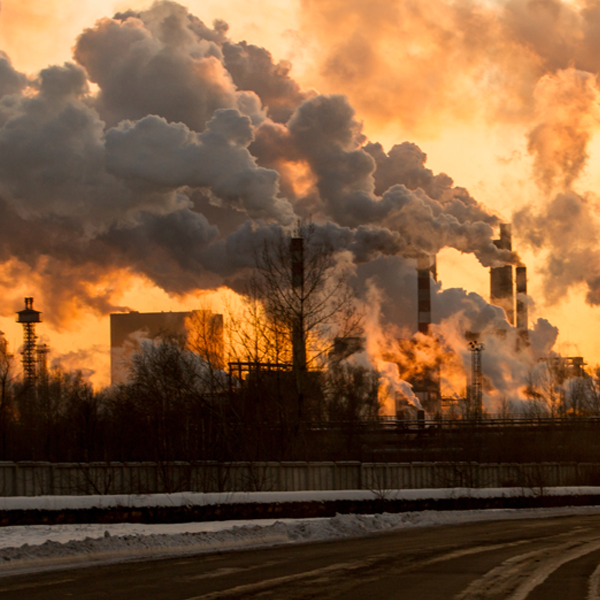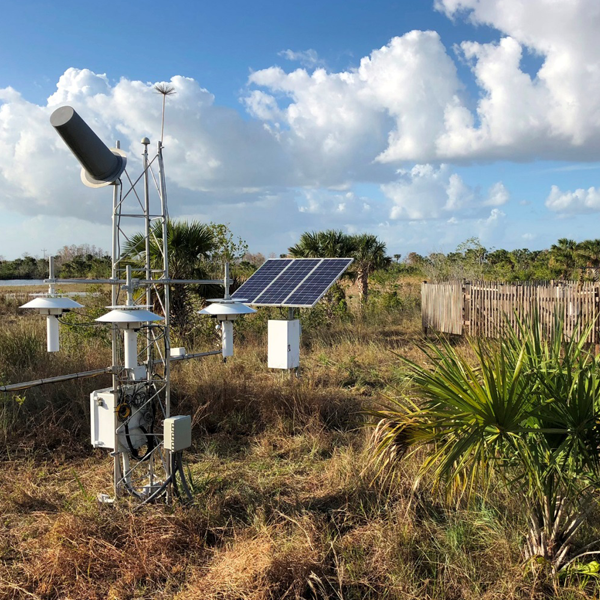The structure of the Boundary Layer influences a wide range of atmospheric and environmental issues falling within NOAA’s domain, such as atmospheric circulations, dispersion of airborne hazardous materials, low-level winds and turbulence, initiation of convection, evolution of hurricanes, air quality, regional changes in climate, and the fate of chemical compounds released into the environment.
Surface Atmosphere Exchange
By understanding the processes and variables that control surface-atmosphere exchanges and translating into more accurate model parameterizations, we improve weather, climate and air quality predictions.
Atmospheric Transport and Dispersion
Research on the main processes that drive the transport and dispersion of substances in the atmosphere is crucial to improve the quality of our modeling tools. Investigations of the transport and dispersion of chemicals in the atmospheric boundary layer can lead to new insights and improvements in weather modeling.
Boundary Layer Characterization
ARL measures a number of different variables (wind speed, temperature, etc.,) to characterize the atmospheric boundary layer. This data on the surface, and near surface, weather and climate conditions improves the accuracy of atmospheric models and other forecast and prediction tools.




